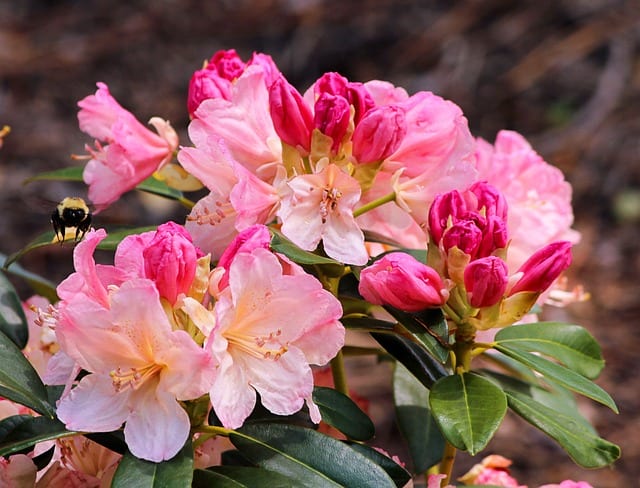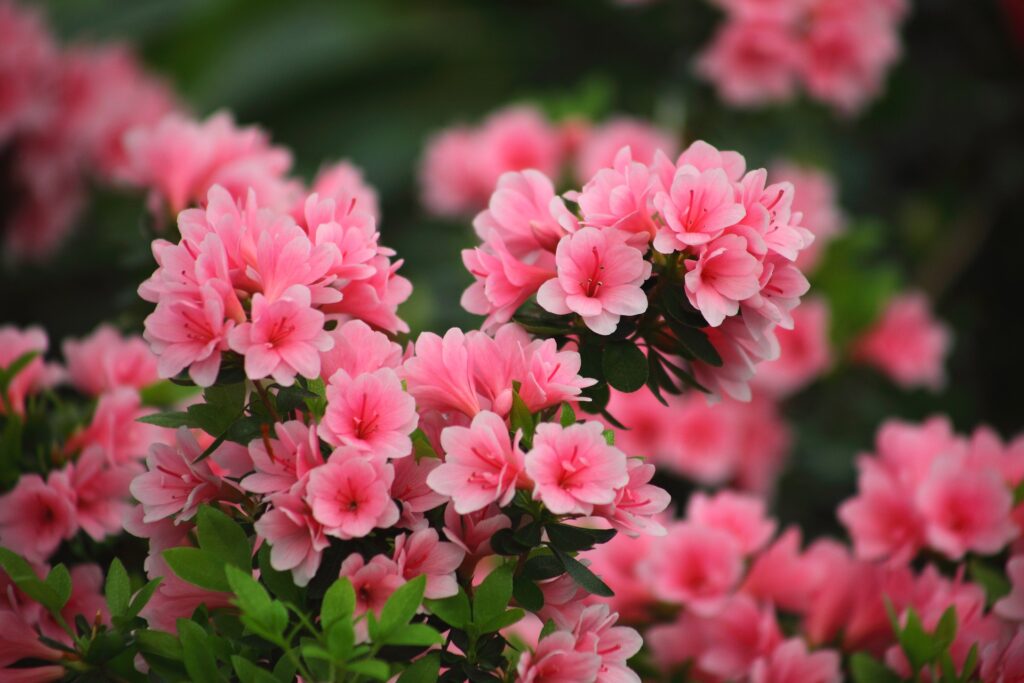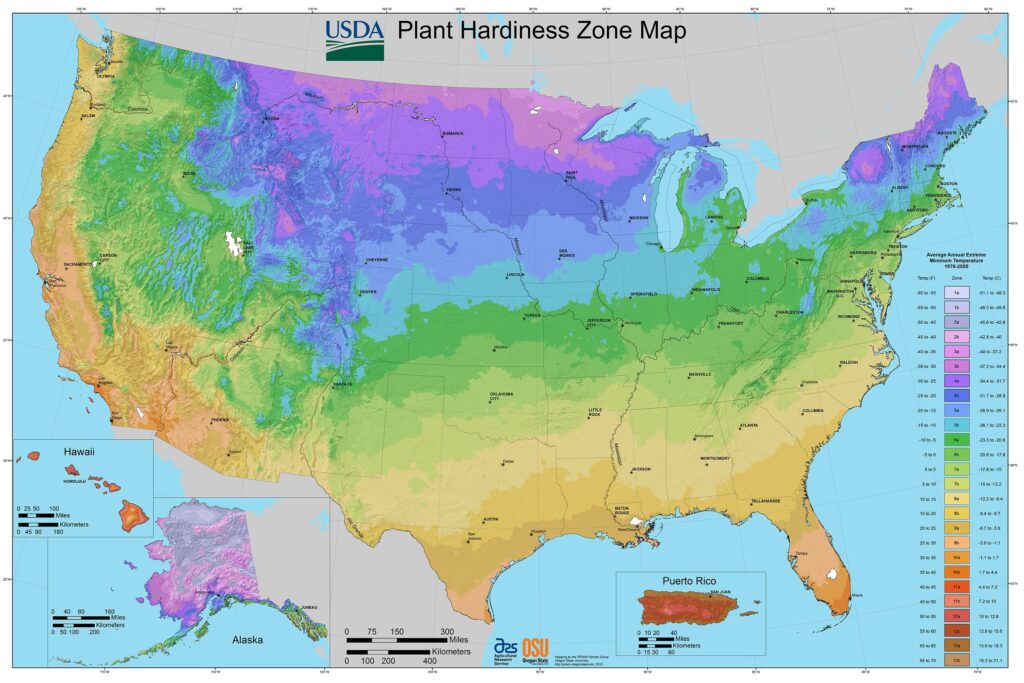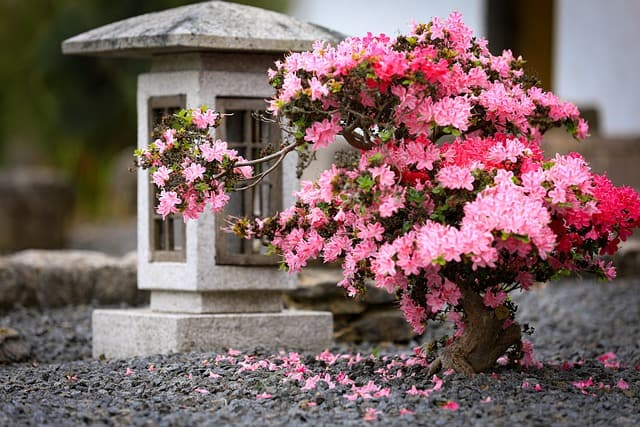In this in-depth guide, we will explore the best times to plant azaleas, taking into consideration various factors such as climate, soil conditions, and individual species requirements.
Understanding Azalea Varieties

Before diving into the best planting times, it’s important to recognize that azaleas come in a variety of species, each with its specific needs and optimal planting times. Broadly, azaleas fall into two main categories: evergreen and deciduous.
Evergreen Azaleas
Evergreen azaleas maintain their leaves year-round and produce vibrant flowers in the spring. Popular varieties include the Kurume and Southern Indica azaleas. These are typically hardy in USDA zones 6 to 9. The ideal time to plant evergreen azaleas is in the spring, after the last frost. This allows them to establish a robust root system before the heat of summer sets in.
Deciduous Azaleas
Deciduous azaleas, such as the Northern Lights series, are known for their striking autumn colors and spectacular blooms in spring. These plants shed their leaves in the fall and are generally hardier in cooler climates, thriving well in USDA zones 4 to 8. They can be planted in the early spring or fall, giving them ample time to root before extreme temperatures arrive.
When to Plant Azaleas: Seasonal Considerations

Spring Planting
Arguably, spring is the most popular time for planting azaleas. As temperatures rise and the danger of frost subsides, the soil warms up, providing ideal conditions for growth. Spring planting allows azaleas to take advantage of the full growing season.
Timing: The best window for spring planting typically begins around mid-March, extending through late April, depending on your geographical area and local climate.
Benefits: Planting early in the spring grants azaleas the opportunity to establish their root systems and soak up nutrients throughout the growing season, leading to vibrant blooms when the time comes.
Fall Planting
Although spring is often favored, fall planting is another excellent option, especially in milder climates. Gardeners can take advantage of cooler temperatures and increased rainfall, providing a gentle environment for root establishment.
Timing: Ideally, fall planting should be done at least six weeks before the first expected frost. This often translates to late September through early November in many regions.
Benefits: Fall-planted azaleas can establish roots during the warm autumn soil but remain relatively dormant until spring, ultimately leading to a stronger plant that is ready for rapid growth when warm weather returns.
Summer and Winter: A Note of Caution
While it is possible to plant azaleas in the summer, this season is generally not recommended. The intense heat can stress plants, causing them to struggle with root establishment. If you must plant during the summer months, be sure to take precautions such as increased watering and providing temporary shade.
Winter planting is also not advisable due to the risks posed by frozen soil and harsh weather conditions, which could severely inhibit growth and lead to plant death.
Climate and Location: Factors Influencing Planting Time

The climate in your region plays a significant role in determining the best planting time for azaleas. Understanding your USDA Hardiness Zone can help you make informed decisions about when to plant.
Hardiness Zones
USDA Hardiness Zones categorize regions based on temperature extremes experienced over the winter months. Azaleas vary in their hardiness depending on the species. For instance:
Southern Indica Azaleas: Thrive in warmer climates (Zones 7-9).
Northern Lights Azaleas: Ideal for cooler zones (Zones 4-7).
Researching the hardiness zone applicable to your location ensures that you choose the right azalea variety and the correct planting time.
Microclimates
In addition to broader climate indicators, consider the microclimates within your garden. Areas that receive full sun or are shaded can significantly differ in temperature. For example, if you have a southern-facing slope with ample sunlight, spring planting may occur earlier as the frost date comes sooner compared to shadier locations.
Preparing the Site for Planting Azaleas

Knowing when to plant azaleas is only half the battle; adequate preparation of the planting site is crucial for successful growth.
Soil Quality
Azaleas thrive in well-draining, acidic soils. A pH level between 5.5 to 6.0 is ideal. Before planting, test the soil to ensure it meets these criteria. If the soil is too alkaline, amendments such as sulfur or peat moss can help lower the pH.
Drainage
Good drainage is essential to prevent root rot. If your garden tends to retain water, consider creating mounds or raised beds to ensure azaleas thrive without standing water around their roots.
Sunlight Requirements
Most azaleas prefer partial shade, especially in the hotter regions. Ensure your planting site receives dappled sun during the day for optimal growth. Too much full sun can lead to leaf scorch, while too little light might inhibit flowering.
Planting Techniques: Making the Most of Timing

Once you’ve determined when to plant and prepared the site, it’s time to focus on the actual planting process.
Digging the Hole
Ensure your planting hole is at least twice the width and equal depth of the root ball. This encourages lateral root growth and allows the roots to spread out easily.
Planting Depth
When placing the azalea in the hole, be mindful not to bury it too deep. The top of the root ball should be level with or slightly above the surrounding soil to promote drainage and prevent rot.
Watering and Mulching
Immediately after planting, water the azalea thoroughly. Mulching with organic materials such as pine bark or shredded leaves retains moisture and keeps weeds at bay, all while providing nutrients as it breaks down.
Caring for Newly Planted Azaleas

After planting, understanding ongoing care practices will support the health and vibrancy of your azaleas.
Watering
During the first growing season, keep the soil consistently moist but not soggy. Frequent watering in the beginning stages is crucial to help azaleas establish their root systems.
Fertilization
Appropriate fertilization can boost growth. Use a balanced, slow-release fertilizer specifically formulated for acid-loving plants. Apply once in the early spring and again in mid-summer.
Pruning
To maintain shape and promote healthy growth, prune azaleas shortly after flowering, removing spent blooms and any dead or damaged branches.
Common Challenges When Planting Azaleas

Despite your best efforts, challenges may arise when planting azaleas. Some common issues include:
Pests and Diseases
Azaleas can fall victim to various pests, including lace bugs and spider mites, as well as diseases like powdery mildew or root rot. Regular monitoring and maintaining optimal conditions can help mitigate these risks.
Environmental Stress
Environmental factors such as extreme temperatures, drought, or waterlogging can stress azaleas. Be attentive to changes in weather, ensuring consistent watering during dry spells and providing protection during unexpected frosts.
Conclusion: Timing is Everything for Pristine Blooms
Choosing the right time to plant azaleas isn’t simply a matter of preference; it directly influences the health and vibrancy of these beautiful plants. Spring and fall are optimal options, considering regional climates and the specific variety being planted. Additionally, ensuring proper site preparation and ongoing care is crucial for long-term success.





